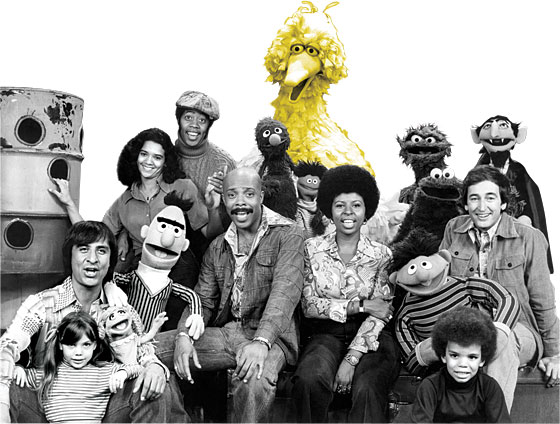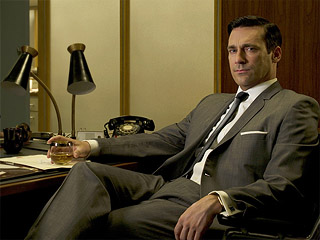 by Corey Alderdice
by Corey Alderdice
Even though the worlds of forensics and technology have yet to find a way to come together during tournament competitions, it seems as though both coaches and students have embraced technology as a way to hone our skills before entering rounds.
In many ways, the emergence of technology has benefited students participating in limited prep events. The notion of actually “cutting files” has mostly gone the way of VHS and cassettes. The internet has provided students with numerous resources for researching issues and topics, communicating and facilitating the community aspects of our activity, and even looking stylish outside of rounds. (I couldn’t help the plug.)
However, this may be a gadget that holds the most promise for extemporaneous speakers. Everyone has their verbal crutches and stumbling blocks. Hearing the phrase “we can see” in any event is like nails on a chalk board for me. Moreover, little words like “uh”, “um”, and “like” not only interrupt fluidity in performance but also detract from the overall credibility of a competitor.
When I was a student, we would have group coaching sessions where everyone would shout and throw paper wads when you said a crutch word–a strategy that is both bad for the environment and your confidence as well. That’s why the Buzzword could be just about the neatest gizmo for folks of the LP persuasion.
According to the Think Geek-the product’s supplier-it could be a “shockingly” simple step toward making you a more polished speaker.
We all have verbal tics, words our mouth fills in while we’re talking but our brain’s off processing something else. The trick is that we’re rarely conscious of them. The manufacturer of Buzzword has worked out a way to change that. They’ve made a wristband that has a microphone which allows you to train it to recognize when you use certain crutch words in your speech, such as “like” or “you know.” After training it, you slide it on your wrist and it gives you a reminder when it hears you use that word — a small shock. Soon your subconscious is associating those words with an unpleasant sensation, and before you know it, you sound more polished and professional.
Best of all, the control panel allows you to track usage of your buzzwords over time to monitor improvement.
There’s just one problem: The Buzzword was an April Fool’s joke. We’d love to see this become a reality, though.
That leads us to a question for you: What kind of technology or device would make your speech life easier?



 by Corey Alderdice
by Corey Alderdice


 by Corey Alderdice
by Corey Alderdice

